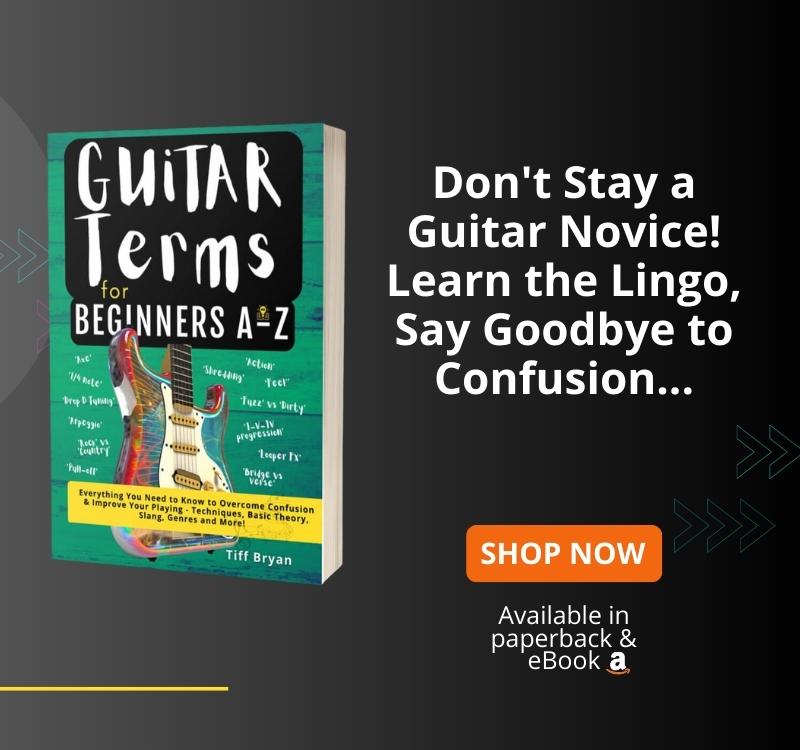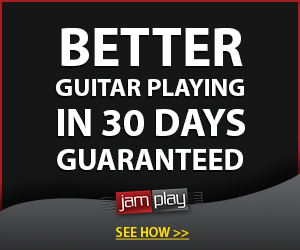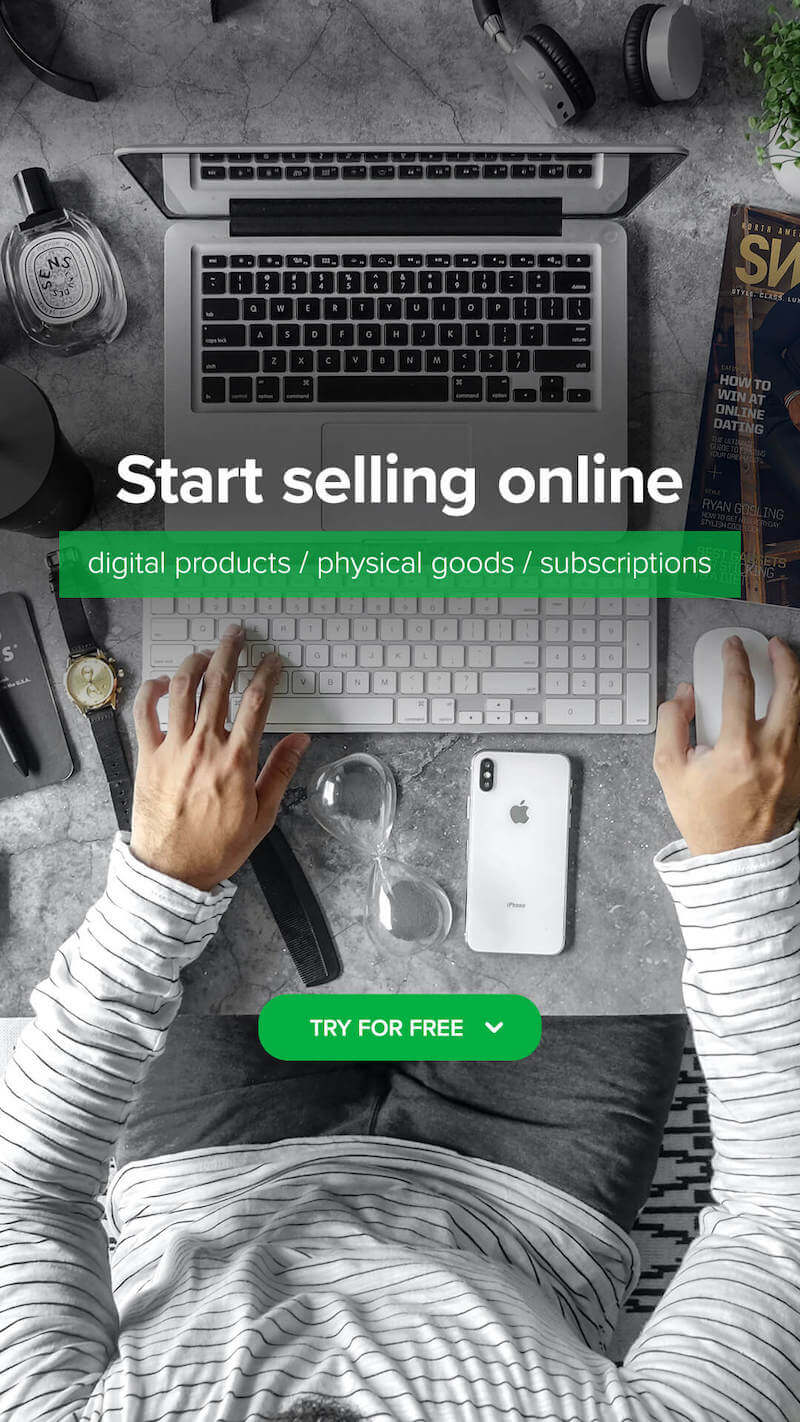Would you like to learn the secret to creating incredible jazzy guitar solos and melodies to elevate your playing? If the answer is yes, then this post is perfect for you.
If you’re looking to elevate your lead guitar skills and add some flavor to your playing, mastering the melodic minor scale is a must.
In this blog post, you will learn everything you need to know about the melodic minor scale on guitar.
You will learn:
- What is the melodic minor scale, and how is it different from other scales
- What chords fit under the melodic minor scale and how to use them
- How to play the melodic minor scale in 5 easy patterns across the fretboard
- How to practice and apply the melodic minor scale in your guitar playing
By the end of this blog post, you will be able to master the melodic minor scale on guitar and use it as a secret weapon in your musical arsenal.
Let’s get started.
Table of Contents
What Is The Melodic Minor Scale?
The melodic minor scale, despite its name, is not just a minor scale. It is a hybrid scale combining elements of the major and the minor scales.
The melodic minor scale is a 7-note scale with a flat 3rd separating it from its happy-sounding major counterpart.
The flat 3rd gives it a sad or dark sound in the lower half of the scale, while the rest of the notes are identical to the major scale.
This means that the melodic minor scale has two different modes or flavors: a minor mode in the lower half, and a major mode in the upper half.
This makes it very versatile and expressive, as you can switch between these modes depending on the context and mood of your music.
The melodic minor scale is very versatile and expressive because you can switch between its minor and major modes, depending on the mood.
Melodic Minor Scale in Use
If you play the C melodic minor scale over a C minor chord, you will emphasise the minor sound of the scale.
But if you play the same scale over an F major chord, you will emphasise the major sound of the scale.
The melodic minor scale is popular with jazz guitar players because it allows them to create complex and colourful harmonies and melodies. It can also be used to create different modes or scales by starting from different notes within it.
These modes are called “melodic minor modes” and have exotic names such as Lydian dominant, Super Locrian, or Mixolydian b6.
But don’t worry about these modes for now. This blog post will focus on the basic melodic minor scale and how to play it on guitar.
The Unique Magic of the Melodic Minor
Traditionally, the melodic minor scale is played differently ascending and descending. When ascending, you use a flat third; when descending, you play the natural minor scale intervals.
However, contemporary music, especially in jazz, is often treated as a major scale with a flat 3rd, making it the same forwards and backwards.
They do this because they like the sound of those intervals and jumps that create tension and interest in their music.
So, which way should you play the melodic minor scale on the guitar?
The answer is both ways!
It’s good to know both versions of the scale because they can give you different options and sounds when improvising or composing. You can choose which version suits your style and taste better.
Let’s look at an example of how to play both versions of the melodic minor scale on guitar. We will use the key of C as our reference point.
Let’s examine the notes in the key of C melodic minor as an example:
Ascending Melodic Minor Scale
The ascending version of the melodic minor scale is also called “jazz minor” because it is widely used in jazz music. It is the same as the major scale, but with a flat 3rd. Here are the notes and intervals of the ascending melodic minor scale in the key of C:
Notes: C – D – Eb – F – G – A – B – C
Interval Formula: 1 – 2 – b3 – 4 – 5 – 6 – 7
Intervals: T – S – T – T – T – T – S
W – H – W – W – W – W – H
As you can see, the lower half of the scale has a minor sound, while the upper half has a major sound. This gives the scale a lot of versatility and colour.
Descending Melodic Minor Scale
The descending version of the melodic minor scale is also called “natural minor” because it is the most common and natural-sounding minor scale.
It is the same as the major scale but with a flat 3rd, a flat 6th, and a flat 7th. Here are the notes and intervals of the descending melodic minor scale:
Notes: C – D – Eb – F – G – Ab – Bb – C
Interval Formula: 1 – 2 – b3 – 4 – 5 – b6 – b7
Intervals: T – S – T – T – S – T – T
W – H – W – W – H – W – W
As you can see, the whole scale has a minor sound with no major notes. This gives the scale a sad and dark mood.
Pro Tip
Think of the melodic minor scale as the natural minor scale with raised 6th and 7th degrees (b7 becomes 7, b6 becomes 6), or as a major scale with a flat third.
What Chords Fit Under the Melodic Minor Scale?
One of the benefits of learning scales on guitar is that they help you understand and play chords better. By knowing which notes belong to which scale, you can easily figure out which chords fit under that scale.
The melodic minor scale produces different types of chords depending on whether you use the ascending or descending version.
Let’s take a look at both cases.
Ascending Melodic Minor Chords
The ascending melodic minor scale produces major, minor, augmented, and diminished chords in this order:
min | min | aug | Maj | Maj | dim | dim
Using the key of C as an example, here are the triads (3-note chords) that fit under the ascending melodic minor scale:
Cm | Dm | Eb+ | F | G | Ab° | B°
If you add a fourth note on top of each triad, you get different extensions, typically seventh chords (4-note chords) and sixth chords.
Here are the seventh chords that fit under the ascending melodic minor scale:
Cm(maj7) | Dm7 | Ebmaj7(#5) | F7 | G7 | Abm7(b5) | Bm7(b5)
These chords are very rich and colourful, with some unusual sounds, such as augmented and diminished chords. They’re often used in jazz music to create complex and sophisticated harmonies.
Descending Melodic Minor Chords
The descending melodic minor scale produces the same chords as the natural minor scale, which are:
min | dim | Maj | min | min | Maj | Maj
Using the key of C as an example, here are the triads that fit under the descending melodic minor scale:
Cm | D° | Eb | Fm | Gm | Ab | Bb
If you add a fourth note on top of each triad, you get different extensions, typically seventh chords, but also sixth chords. Here are the seventh chords that fit under the descending melodic minor scale:
Cm7 | Dm7(b5) | Ebmaj7 | Fm7 | Gm7 | Abmaj7 | Bb7
As you can see, these chords are more simple and common than the ones from the ascending melodic minor scale.
These chords are often used in pop, rock, folk, and classical music to create basic and familiar harmonies.
Limited-Time Offer! Save 15% on Essential Jazz Guitar Chords Chart Digital Poster
Start learning to play 65 of the most used common jazz (blues, funk and country too) chords + bonus guitar fretboard notes chart fast without waiting for shipping ⇩
Jazz Guitar Chord Shapes Include:
✨ Major seventh (Maj 7th)
✨ Minor seventh
✨ Dominant seventh
✨ Diminished – Half Diminished
✨ Major 9th / minor 9th / dom 9th
✨ Maj11th / minor 11th / dom 11th
✨ Maj13th / minor 13th / dom 13th
and more…
How to Play The Melodic Minor Scale in 5 Easy Patterns
Now that you know the melodic minor scale and the chords that fit under it, it’s time to learn how to play it on guitar.
The best way to learn any guitar scale is to memorise patterns or shapes that cover different areas of the fretboard.
There are many ways to play any scale on the guitar, but one of the most popular and efficient methods is to use what are called “CAGED” patterns.
These patterns are based on five basic chord shapes that spell out the word CAGED: C, A, G, E, and D.
These chord shapes can be moved up and down the fretboard using a “barre” technique. By placing your index finger across all six strings at any fret, you create a movable nut that allows you to play any chord shape anywhere on the neck.
Now, let’s dive into the melodic minor guitar scale patterns.
Melodic Minor Scale Shape #1 – (E Chord Form)
Melodic Minor Scale Shape #2 – (D Chord Form)
Melodic Minor Scale Shape #3 – (C Chord Form)
Melodic Minor Scale Pattern #4 – (A Chord Form)
Melodic Minor Scale Shape #5 – (G Chord Form)
6 Crucial Scale Practice Tips
1. Focus on your alternate picking technique. This will help you to play the scale more smoothly and evenly.
2. Divide and conquer. Break down each scale pattern and practice daily before moving to the next one. This aids in memorisation and helps you avoid frustration.
3. Use a metronome to keep a steady beat. This is especially important when you are first learning the patterns.
4. Record yourself practicing and listen back to your recordings. This is a great way to identify any areas where you need to improve and to keep a record of your progression.
5. Try using the melodic minor scale in your own solos and compositions. This is the best way to develop your understanding of the scale and how to use it effectively.
6. Experiment with different rhythmic values and tempos. This will help you to develop your creativity and become a more versatile musician.
Here are some additional tips that you may find helpful:
- Start slowly, and don’t rush ahead. As you become more comfortable, you can gradually increase the speed.
- Focus on clarity of notes. Remember, speed is unimportant if your notes sound scrappy and inconsistent.
- Use different picking patterns to create different sounds. For example, you can try using triplet picking or legato picking.
- Experiment with different articulations. For example, you can try playing the notes staccato (short and detached) or legato (smooth and connected).
- Use the melodic minor scale to improvise over different types of chord progressions. This will help you to develop your ear and your improvisational skills.
Summing it Up
The melodic minor scale is a versatile scale that can be used in various musical genres, and it will help you become a more complete musician.
So keep practicing, and don’t be afraid to experiment. The more you practice, the better you will become at using the melodic minor scale in your music.
I believe in you!
















